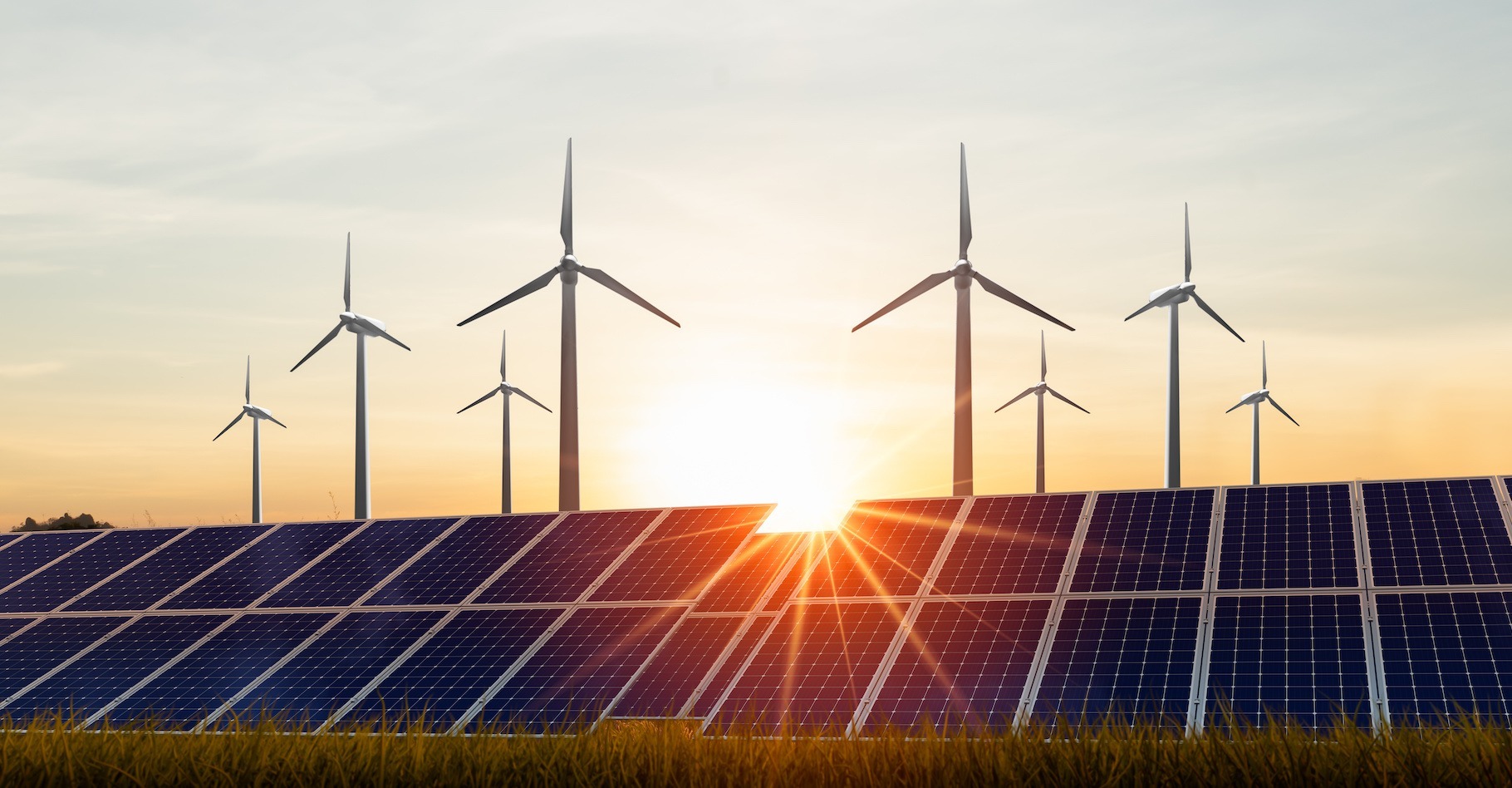Wind turbine operation has increasingly captured the public’s interest, from individuals to professionals. These machines, often installed in open countryside or at sea, harness the power of the wind to generate electricity. But how do they do it?
The rotor, composed of several blades, is the central part of a wind turbine. When the wind blows against the blades, it causes them to turn. This movement is then transmitted to an electrical generator located in the nacelle at the top of the turbine. The generator works like a bicycle dynamo, converting mechanical energy into electricity.
Several factors influence the production of electricity. Wind speed is a key factor. The stronger the wind, the more electricity the turbine produces. However, excessively strong winds can damage the installation. Safety systems therefore stop the turbine to prevent accidents in the event of powerful gusts.
The size of the blades and the height of the tower are also important. Larger blades capture more wind. A taller tower allows for the capture of faster and more constant winds. The location of the wind turbine is also strategic: open areas such as plains or coastlines are ideal.
The electricity produced by wind turbine operation is then injected into the electrical grid. It thus supplies homes, businesses, and industries. This energy source is clean and renewable. It reduces our dependence on fossil fuels and decreases greenhouse gas emissions
In conclusion, the operation of wind turbines is based on a simple principle. They convert the kinetic energy of the wind into electricity. This technology is constantly evolving and is essential in the energy transition towards more sustainable sources. Wind turbines help meet our energy needs while limiting our impact on the planet.
